Navigating Last Mile Logistics: Best Practices for Efficient Delivery
23 Dec 2024
|by diadmin
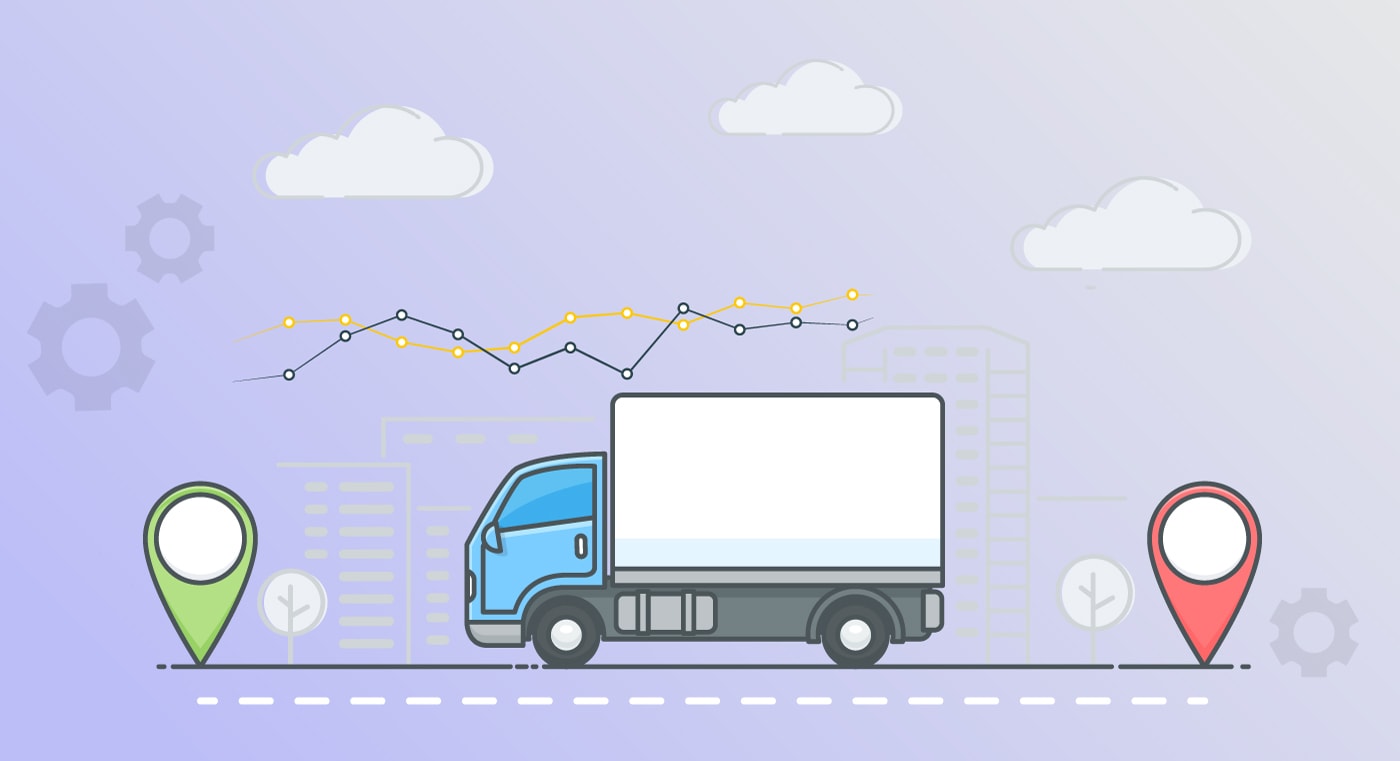
Last mile logistics is the final leg of the fulfillment process, and it’s where the pressure is on to meet customer expectations. Customers today want fast, reliable, and trackable deliveries—regardless of where they shop. With e-commerce sales projected to hit over 20% of all retail purchases in 2023 (up from 17.8% in 2021), retailers and shippers must adapt their delivery service to provide a smooth and positive last mile experience tailored for e-commerce businesses and residential deliveries.
And the stakes are high: in Australia alone, same-day delivery and last mile logistics are estimated to grow by 14.04% between 2024 and 2032. But meeting these demands requires more than quick shipping. Today’s customers expect visibility into every step of the order process. In fact, 93% of customers want tracking updates from dispatch to delivery, and 47% of customers won’t reorder from brands without order tracking capabilities.
So, what does this mean for businesses? Essentially, the last mile is now more than just a delivery—it’s a make-or-break experience that can influence brand loyalty, customer satisfaction, and profitability. In this guide, we’ll explore what last mile logisitics entails, common challenges, the top Australian carriers, and how brands can leverage technology and partnerships to stay ahead.
Table Of Contents
- What is Last Mile Delivery?
- What Do Last Mile Carriers Do?
- Why is Last Mile Tracking Important?
- The Last-Mile Challenge: Costs, Complexity, and Customer Expectations
- Choosing the Right Last Mile Delivery Partner
- Last Mile Fulfilment and Changing Customer Expectations
- How Last Mile Delivery Helps with 2-Day Shipping
- Best Practices for Efficient Mile Logistics
- The Future of Last Mile Deliveries
- Conclusion
- Last mile delivery FAQs
What is Last Mile Delivery?
At its core, final mile delivery refers to the final step in the delivery journey, where a package moves from a fulfillment center to the customer’s doorstep. The main objective is straightforward: get packages into customers’ hands as quickly and cost-effectively as possible. This part of the process is usually managed by specialized carriers with dedicated fleets, often using vans, bikes, or even electric vehicles in urban areas.
For example, Amazon has become a key player in last mile logistics by expanding its delivery fleet and even experimenting with drones. Their goal? Faster delivery times, higher customer satisfaction, and a competitive edge. The last mile has evolved from a simple transfer to a service that needs to keep up with the instant-gratification mindset of today’s shoppers.
What Do Last-Mile Carriers Do?
A last-mile carrier specializes in transporting a package through this final stretch, getting it into the hands of the person who ordered it. This role is vital because it directly affects the customer’s experience and, by extension, their impression of the brand. Last-mile carriers often use tracking technologies and optimized routes to ensure timely deliveries, even in congested urban areas. The better a carrier is at this, the more likely they are to support a positive brand reputation for the businesses they partner with.
Why is Last-Mile Tracking Important?
Last-mile tracking is all about giving customers visibility into their delivery status, from the moment it leaves the fulfillment center to the second it arrives at their door. Customers now expect real-time tracking information and updates that allow them to plan for their package’s arrival. A study by ProShip reveals that 97% of customers expect to monitor their order throughout every step of the shipping process. With accurate last-mile tracking, businesses can keep customers informed, minimize delivery-related anxiety, and build loyalty.
Last-mile tracking also benefits businesses by helping them stay on top of the logistics chain. If there’s a delay or issue, tracking can help teams manage expectations, reroute packages, and communicate with customers in real time. Companies like Lofko offer real-time tracking solutions, so businesses always know where each package is.
The Last Mile Logistics Challenge: Costs, Complexity, and Customer Expectations
The last mile may be the shortest stage of the delivery process, but efficiently transporting goods from a transportation hub to the customer’s home or office, known as the final destination, is often the most challenging. With high delivery costs, complex logistics, and soaring customer expectations, this final stretch can make or break the delivery experience. Let’s dive into some of the biggest challenges businesses face in last mile logisitics—and why solving them is key to staying competitive.
Delivery Inefficiencies and Delays
The last mile is often the most complex and costly stage of the supply chain. The process involves navigating residential areas, dense urban environments, or remote rural locations, each presenting unique challenges. In urban areas, carriers face traffic congestion, limited parking, and long loading times. In rural areas, the challenge is covering larger distances with fewer delivery stops, which leads to high fuel costs and more time spent per package. With more online orders, last mile logistics carriers are stretched to make multiple stops in a day, which results in delays and a need for optimized routes.
Carriers are increasingly using route-mapping and optimisation software to streamline this process. By planning efficient routes that minimize delays, businesses can reduce delivery times and improve customer satisfaction. For instance, apps that map out multiple locations in real-time help drivers adjust to traffic, roadblocks, and other conditions.
High Operating Costs
One of the biggest last mile logistics challenges is cost. Thanks to e-commerce giants like Amazon, fast (and often free) shipping has become an expectation. As a result, companies are absorbing more of these costs to remain competitive. It’s estimated that last mile logistics delivery can account for up to 28% of a retailer’s logistics costs. This is significant, especially as customers expect faster shipping but are less willing to pay for it.
This financial burden forces companies to balance fast delivery with profitability. Many are turning to third-party logistics (3PL) providers, which provide the infrastructure, technology, and scale needed to optimize last-mile costs. By leveraging partnerships, businesses can maintain cost-effective operations without sacrificing customer experience.
Customer Satisfaction and Brand Loyalty
When customers don’t get their products fast enough or don’t know when they’ll arrive, their loyalty can quickly wane. In fact, frustrated customers are likely to leave negative reviews or switch to competitors who offer better delivery options. Efficient and trackable last mile logistics delivery plays a crucial role in maintaining customer loyalty, so businesses that prioritize these aspects can create a positive feedback loop of repeat business and brand loyalty.
Partnering with a reliable carrier or 3PL provider can also help brands meet these high expectations without overspending. Today, many brands are choosing 3PLs to streamline last-mile logistics and avoid the high cost of managing these processes independently.
Choosing the Right Last Mile Logistics Delivery Partner
Australia has a range of established last mile logisitics carriers that help businesses manage the final delivery phase efficiently. Here are five major players:
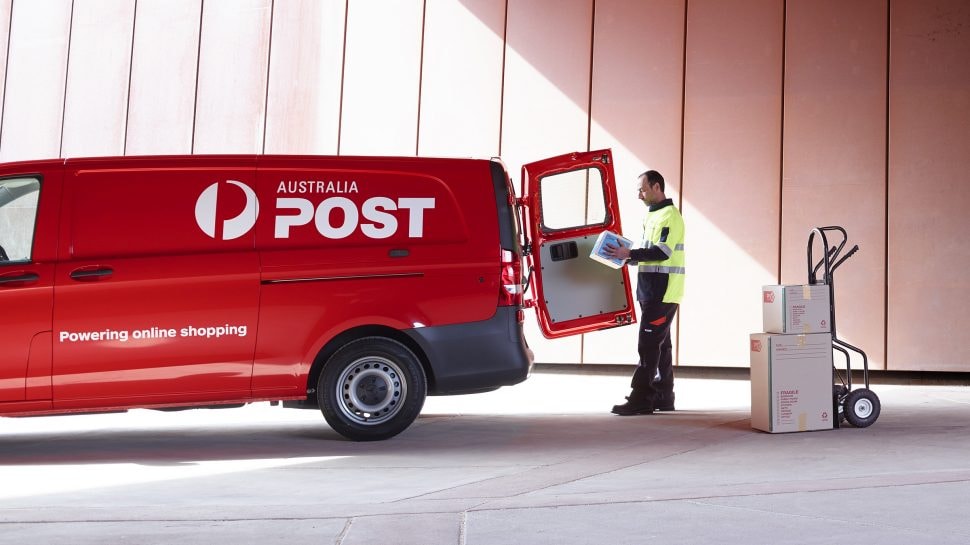
Australia Post (AusPost) last mile logistics
AusPost is one of Australia’s most recognized names in logistics, known for its ability to serve even the most remote areas. AusPost offers Parcel Post and Express Post options, helping customers select delivery speeds that suit their needs. With real-time tracking, AusPost gives customers visibility, a crucial factor in maintaining customer satisfaction.
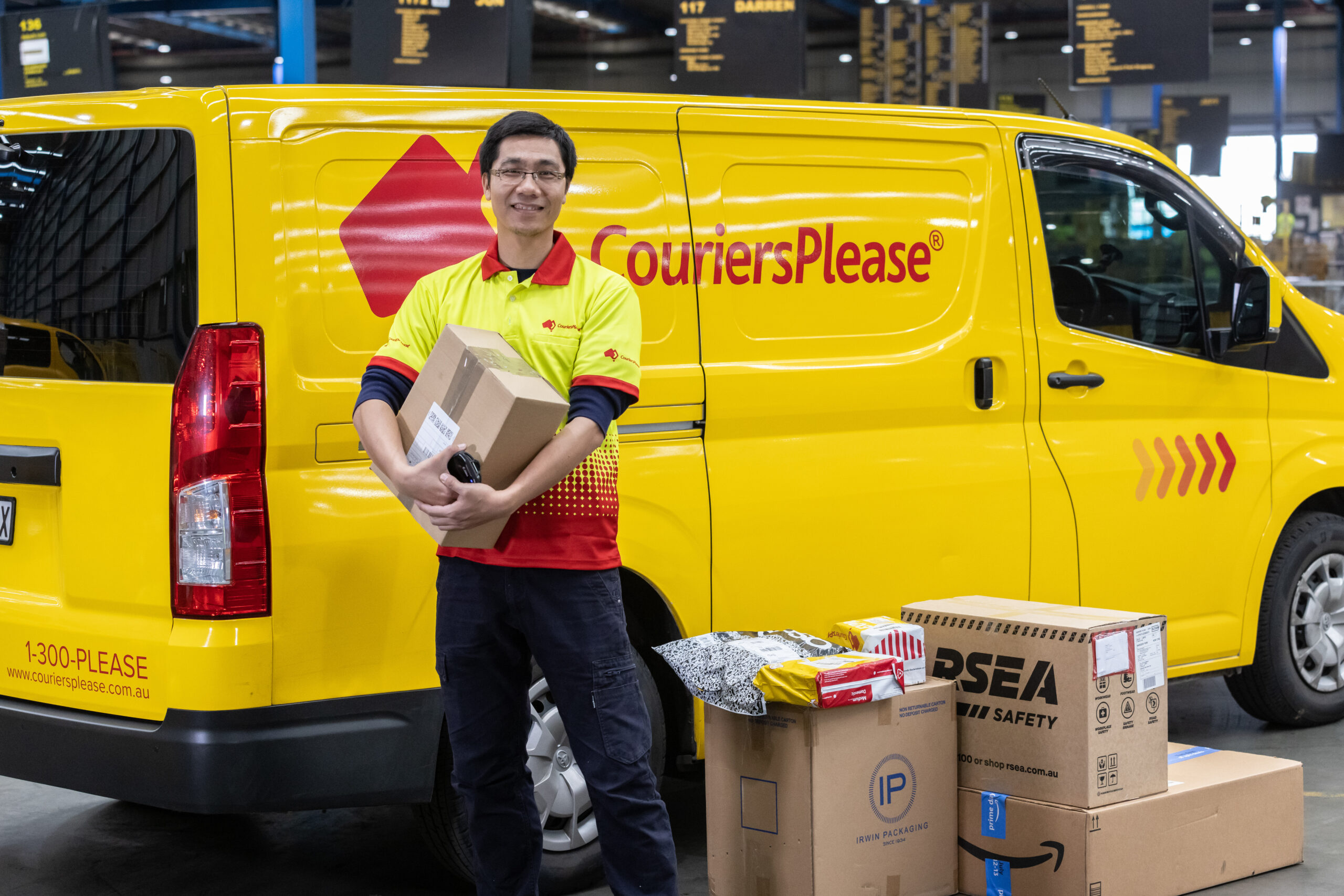
CouriersPlease last mile logistics
Specializing in metropolitan areas, CouriersPlease is known for flexible same-day and two-hour delivery services. Their green fleet initiative includes electric vehicles, making them an excellent choice for eco-conscious brands. CouriersPlease also integrates easily with e-commerce platforms, keeping customers in the loop and boosting confidence in delivery times.
Aramex Australia last mile logistics
Formerly Fastway Couriers, Aramex combines local know-how with a global network. Known for its smart parcel lockers, Aramex offers convenient pickup options, giving customers the flexibility to collect parcels on their schedule. Live tracking and proof of delivery systems add another layer of transparency for both businesses and their customers.
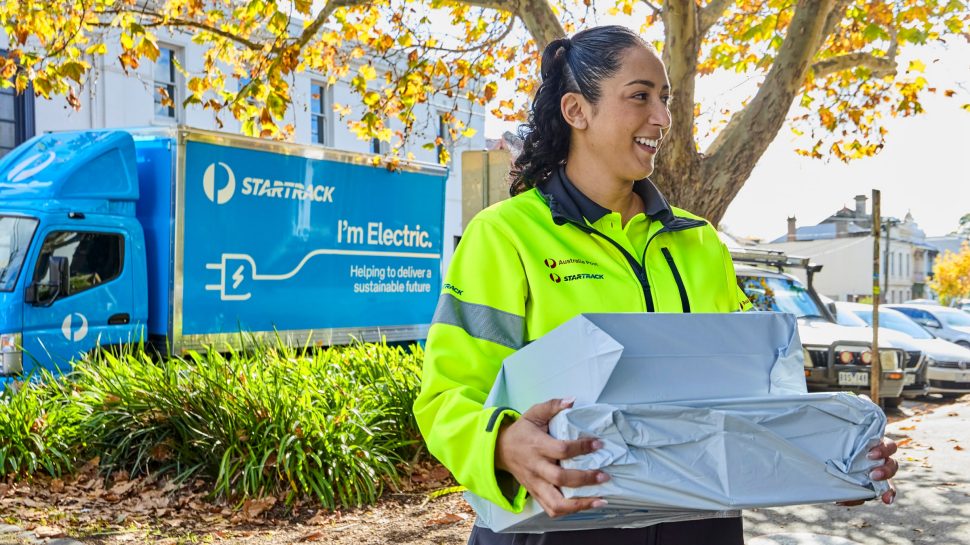
StarTrack last mile logistics
As a subsidiary of AusPost, StarTrack offers high-volume, time-sensitive deliveries, especially for large e-commerce companies with consistent, speedy delivery. By optimising routes and integrating with AusPost, StarTrack can seamlessly reach both urban and rural areas.
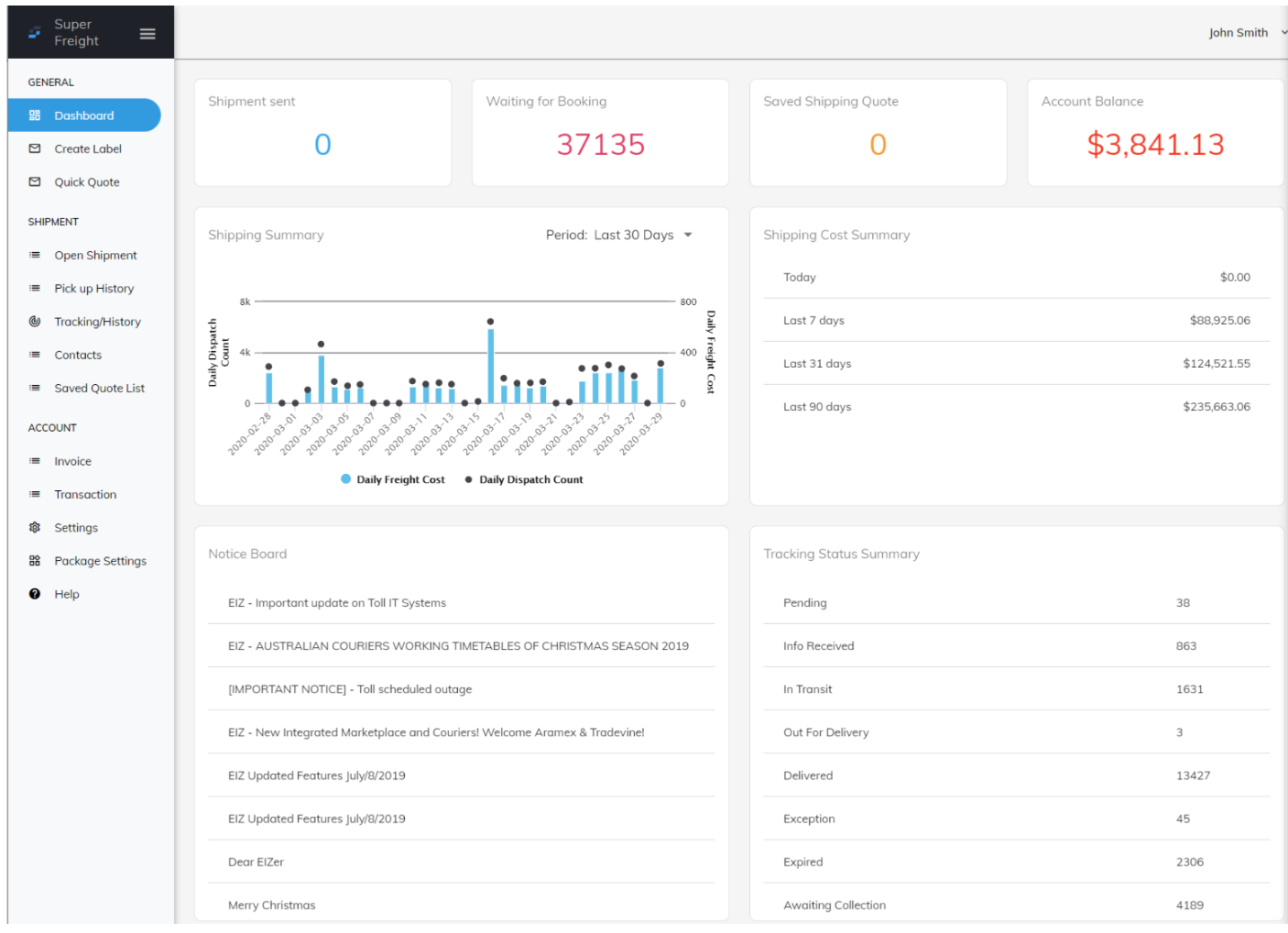
SuperFreight
As Australia’s most affordability focused broker platform, SuperFreight prioritizes carrier selection and cost effectiveness. Sendle offers flat-rate pricing, predictive tracking, and is particularly popular among small to medium-sized brands looking for sustainable solutions.
Choosing the right last-mile carrier can make a world of difference in delivering a seamless experience to customers. Each carrier brings unique strengths to the table, from extensive networks and sustainable practices to rapid, on-demand delivery solutions. Ultimately, the right choice depends on your business’s specific needs, whether it’s fast urban delivery, rural reach, or eco-conscious operations.
Next, let’s explore how last-mile technology and digitalization are transforming this crucial delivery stage, making it easier for businesses to optimize efficiency and meet customer expectations.
Last Mile Logistics Fulfilment and Changing Customer Expectations
As customer expectations continue to rise, last mile logistics has shifted from simply “getting it there” to “getting it there fast, reliably, and transparently.” Today’s consumers want not only speed but also control over the delivery experience, from choosing the time and place of delivery to tracking their package in real time. Meeting these expectations is essential for businesses looking to build loyalty and stand out in a competitive market. Let’s explore how localized storage, flexible delivery options, and crowdsourced resources are helping companies meet these growing demands.
Localized Storage and Dark Stores
One of the most effective ways to speed up the last mile is by strategically positioning inventory closer to customers. Through localized storage and dark stores (small, e-commerce-focused warehouses), brands can cut down on the travel distance for orders, significantly reducing delivery times. This approach is especially popular in urban areas where fast delivery is expected. Instead of a centralized warehouse that may be miles away, dark stores in key cities allow products to be stored within the heart of high-demand areas, ensuring same-day or next-day delivery.
For instance, major retailers and grocery brands now use dark stores as mini-fulfillment centers dedicated solely to online orders. This setup helps reduce both the delivery time and overall shipping costs while satisfying the customer’s desire for fast, convenient service. By adopting localized storage, businesses not only improve delivery speeds but also meet customer demands for quicker, more responsive order fulfillment.
Flexible Delivery Options and Customer Control
Modern customers value flexibility. Whether it’s selecting a delivery time window or rerouting packages to a more convenient location, providing control over the delivery process has become a must. Today, many brands offer delivery time slots so that customers can choose when they’ll be available to receive their package. This option not only increases customer satisfaction but also reduces missed delivery attempts, which can lead to additional costs and delays.
Additionally, alternative pickup locations, like secure parcel lockers or retail partners, give customers even more flexibility to retrieve their orders at their convenience. Real-time tracking is another powerful tool in creating a transparent and flexible delivery experience. By offering live updates, businesses reassure customers and enhance trust, letting them know exactly when their order is on its way.
Crowdsourced Delivery Resources
To meet the rising demand for same-day or two-hour deliveries, many brands are turning to crowd sourced delivery networks powered by gig economy platforms like Uber, DoorDash, or specialized couriers. Crowd sourcing provides businesses with a flexible workforce that can respond quickly to high-volume or last-minute delivery requests. This model is particularly useful for handling peak periods, like holiday seasons or flash sales, without additional permanent staff.
Crowd sourced delivery networks enable businesses to offer fast, on-demand delivery options that would be challenging and costly to manage internally. For customers, this translates to faster delivery times, often within hours of placing an order, which creates a standout delivery experience.
Next, we’ll look at the future of last mile logistics, from alternative delivery vehicles to sustainable practices, and how these innovations are shaping the next generation of last mile logistics solutions.
How Last Mile Logistics Delivery Helps with 2-Day Shipping
Fast and reliable last mile logistics delivery is essential for meeting modern customer expectations for speed and flexibility. By improving delivery efficiency, businesses can enhance customer satisfaction and loyalty, setting themselves apart in a competitive market. Reliable last mile logistics delivery also helps reduce overall costs and environmental impact by optimizing routes and minimizing repeated delivery attempts.
To achieve fast delivery, many businesses focus on strategies for 2-day shipping, leveraging automation, AI, and data-driven processes to streamline operations. Additionally, partnering with third-party logistics providers (3PLs) like the extensive EIZ technology 3PL partners network, provides access to extensive delivery networks and technology, enabling brands to maintain fast, cost-effective, and consistent shipping across various locations.
Best Practices for Efficient Mile Logistics
Achieving efficiency in last mile logistics is crucial for businesses facing high customer expectations and rising delivery costs. By following best practices—like optimizing routes, providing real-time updates, and leveraging automation—companies can streamline operations, reduce costs, and improve the overall delivery experience. Here’s how these strategies can help improve efficiency and keep customers satisfied.
Optimize Routes and Loads for Reduced Delivery Time
Optimising delivery routes and load capacities is key to reducing delivery times and overall costs. By investing in technology like automation and AI-driven route optimization, businesses can plan efficient paths and fully utilize vehicle capacities. This minimizes unnecessary stops, conserves fuel, and ensures faster, more reliable delivery.
Provide Real-Time Updates and Tracking
Real-time updates keep customers informed and engaged throughout the delivery process. By integrating tracking solutions, businesses can boost customer satisfaction and prevent missed deliveries. Advanced tracking technology helps businesses respond to delays and manage routes dynamically, reducing customer inquiries and improving delivery precision.
Take Advantage of Technology and Automation
Technology and automation are transforming last mile logisitics by enhancing efficiency and reducing costs. Tools like automated dispatching and predictive analytics enable faster decision-making, lower emissions, and better fleet utilization. Businesses that embrace these tools can streamline operations, cutting costs while meeting growing customer demands for speed and transparency.
Implementing these best practices empowers businesses to deliver faster and more reliably while controlling costs and reducing environmental impact. As last mile logistics continues to evolve, staying agile and adopting efficient processes will be essential for meeting customer demands and gaining a competitive edge.
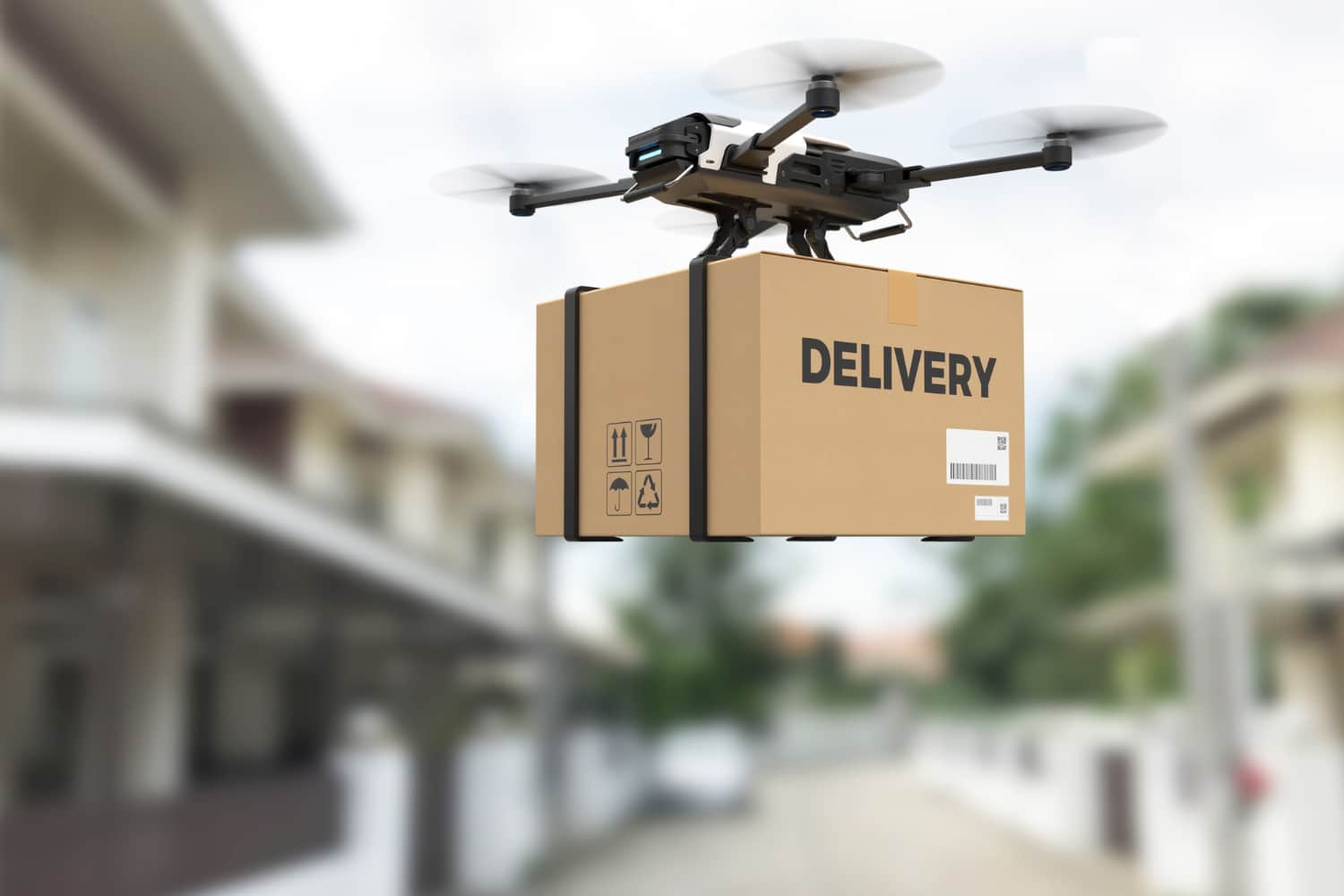
The Future of Last Mile Deliveries
The future of last mile logistics is being shaped by technology and a growing emphasis on sustainability. Autonomous solutions like drones and delivery robots are poised to reduce delivery times, bypassing traffic and reaching customers faster than ever. As this technology advances, businesses can belast mile logisiticstter navigate urban environments and meet the demand for instant deliveries. Electric vehicles and eco-friendly fleets are also gaining traction, reducing the environmental impact of deliveries while aligning with customer preferences for sustainable practices.
In addition to greener, faster delivery, businesses are looking toward hyper-local fulfillment centers and dark stores in key locations to bring inventory closer to customers. This approach enables faster, more flexible delivery options, from same-day to even one-hour windows, improving the customer experience in high-demand areas. Multi-modal delivery systems are adding further flexibility, allowing companies to use a combination of vehicles, bikes, and even autonomous options to optimize efficiency.
As customer expectations evolve, last mile logistics will continue to focus on speed, sustainability, and customer control. By adopting these technologies and strategies, businesses can offer a superior delivery experience, staying competitive in a rapidly changing landscape.
Conclusion
Last-mile logistics is a critical element in today’s supply chain, directly impacting customer satisfaction, delivery speed, and brand loyalty. By optimizing routes, embracing technology, and choosing reliable last-mile carriers, businesses can reduce costs and meet the high expectations of modern consumers for fast, transparent delivery.
As e-commerce continues to grow, implementing efficient last-mile solutions will help companies stay competitive and deliver exceptional customer experiences. Ultimately, the last mile is where brands can make a lasting impression, meeting customers’ evolving demands and setting themselves apart in an increasingly crowded market.
Last mile logistics delivery FAQs
What is last mile logistics?
Last-mile logistics is the concluding phase of the delivery journey, where a package travels from a transportation hub or fulfillment center directly to the customer’s doorstep. It’s a critical part of the supply chain, directly affecting customer satisfaction and overall delivery experience.
Why is last-mile delivery so expensive?
Last-mile delivery is one of the most costly parts of the supply chain, accounting for up to 28% of total logistics expenses. High costs stem from factors like fuel, labor, and the complexities of navigating urban areas or rural routes. Using optimized routes, technology, and third-party logistics (3PL) providers can help reduce these costs.
How does route optimization improve last-mile delivery?
Route optimization uses technology to plan the most efficient delivery paths, reducing delivery time, fuel consumption, and overall costs. By ensuring that drivers take the best possible routes, businesses can complete more deliveries in less time, meeting customer expectations for speed and reliability.
What is real-time tracking in last-mile logistics, and why is it important?
Real-time tracking provides customers with live updates on their order status from dispatch to delivery. This transparency helps boost customer satisfaction and reduces inquiries, as customers can monitor their package’s progress and plan for its arrival.
How do 3PLs help with last-mile delivery?
Third-party logistics (3PL) providers specialize in logistics solutions, offering businesses access to a network of delivery providers, optimized technology, and infrastructure. By partnering with a 3PL, companies can reduce costs, increase efficiency, and focus on scaling their operations while ensuring a positive last-mile experience for their customers.
What are some common last-mile delivery challenges?
Common challenges in last-mile delivery include high costs, route inefficiencies, traffic congestion, and meeting customer demands for faster, flexible delivery options. By investing in automation, route optimization, and reliable carriers, businesses can overcome these hurdles and enhance their last-mile logistics.
What does “accepted by last-mile carrier” mean?
When a tracking update says “accepted by last-mile carrier,” it means the package has reached the carrier responsible for the final leg of the delivery journey, and it’s on its way to the recipient’s address.
How can businesses improve their last mile logistics?
To improve last-mile logistics, businesses can adopt technology like automated dispatching, route optimization, and real-time tracking, or partner with 3PL providers. These strategies help reduce costs, enhance efficiency, and provide a more reliable delivery experience, meeting customer expectations in the last mile. Call us for a no obligation chat.
